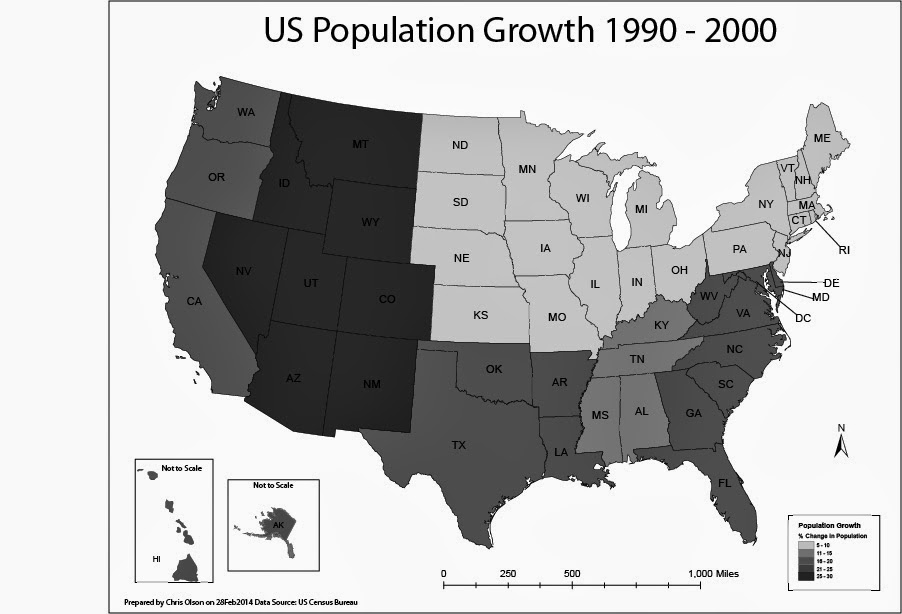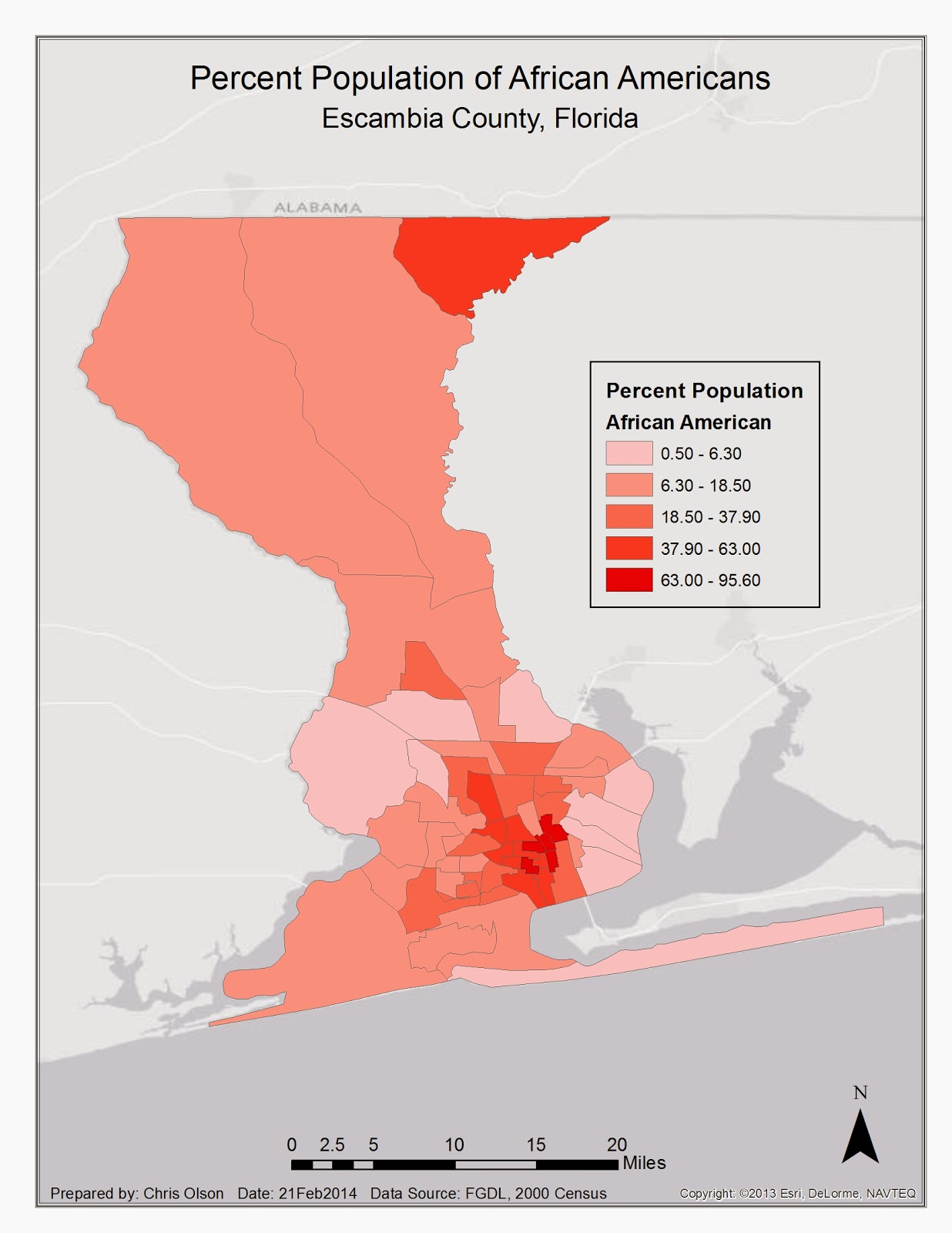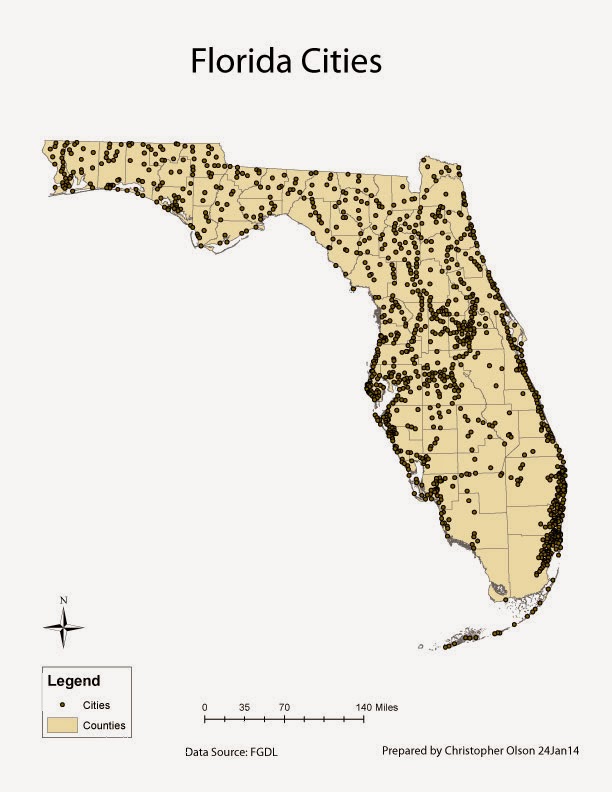The goal of this weeks assignment was to create a Python script that would take anyones full name and select the last name, count the number of letters in the last name, then multiply that by three. This was a short six line script that took me way too long to complete. I guess my brain has not wrapped itself around how programming should look yet.
To create the final output of the name and digits to be prints required a couple easy steps. First was to set the variable of the full name. Next was to split the name into a list so that the last name could be selected and counted. The last step was to print the results above.



























